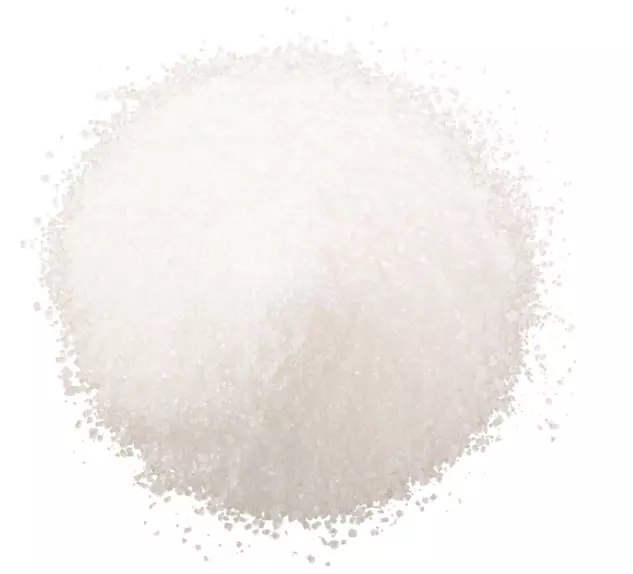IUPAC Name
Sodium,1,1-dioxo-1,2-benzothiazol-3-one
Cas Number
124-44-9
HS Code
2925.11.00
Formula
C7H5NO3SNa
Industry
Food Ingredients
Appearance
White Crystalline Powder
Common Names
Saccharin Sodium Salt
Packaging
25 Kg Bag
Sodium saccharin, or sodium ortho-sulphobenzimide with molecular formula C7H4NNaO3S, is the salt form of saccharin, an artificial sweetener. It is available in anhydrous and dihydrated forms. It is an odorless, white powder. It is 300 to 500 times sweeter than sugar (sucrose). The major application of Sodium saccharin is in the food industry as an additive in different products. Due to its rapidly dissolving nature in water, it is used as an artificial sweetener in carbonated beverages and sodas.
There are two main processes for making saccharin: The first one is the Remsen-Fahlberg process, and the second one is the Maumee, or Sherwin-Williams process, named after the organization that further modified the Maumee process.
1. Remsen-Fahlberg process
This process was named after the two scientists who discovered sodium saccharine. In this process, toluene is synthesized with chlorosulfonic acid to produce ortho and para-toluenesulfonyl chloride. Subsequent treatment with potassium permanganate and ammonia forms the corresponding toluene sulfonamides.
2. Maumee Process
In the early 1950, USA-based Maumee Chemical Company developed a new process for saccharin production. Earlier, saccharin is produced from anthracitic acid by the continuous production process. After the merger of Maumee Chemical Company and PMC Specialties group, they improved the process to a batch process by using purified methyl anthranilate as a starting material that naturally occurs in grapes.
Sodium saccharin, or sodium ortho-sulphobenzimide with molecular formula C7H4NNaO3S, is the salt form of saccharin, an artificial sweetener. It is available in anhydrous and dihydrated forms. It is an odorless, white powder. It is 300 to 500 times sweeter than sugar (sucrose). The major application of Sodium saccharin is in the food industry as an additive in different products. Due to its rapidly dissolving nature in water, it is used as an artificial sweetener in carbonated beverages and sodas.
There are two main processes for making saccharin: The first one is the Remsen-Fahlberg process, and the second one is the Maumee, or Sherwin-Williams process, named after the organization that further modified the Maumee process.
1. Remsen-Fahlberg process
This process was named after the two scientists who discovered sodium saccharine. In this process, toluene is synthesized with chlorosulfonic acid to produce ortho and para-toluenesulfonyl chloride. Subsequent treatment with potassium permanganate and ammonia forms the corresponding toluene sulfonamides.
2. Maumee Process
In the early 1950, USA-based Maumee Chemical Company developed a new process for saccharin production. Earlier, saccharin is produced from anthracitic acid by the continuous production process. After the merger of Maumee Chemical Company and PMC Specialties group, they improved the process to a batch process by using purified methyl anthranilate as a starting material that naturally occurs in grapes.
